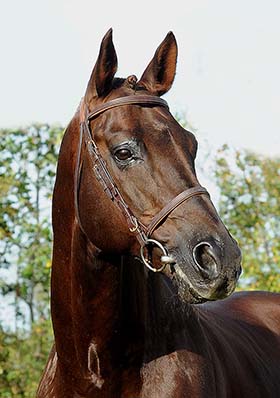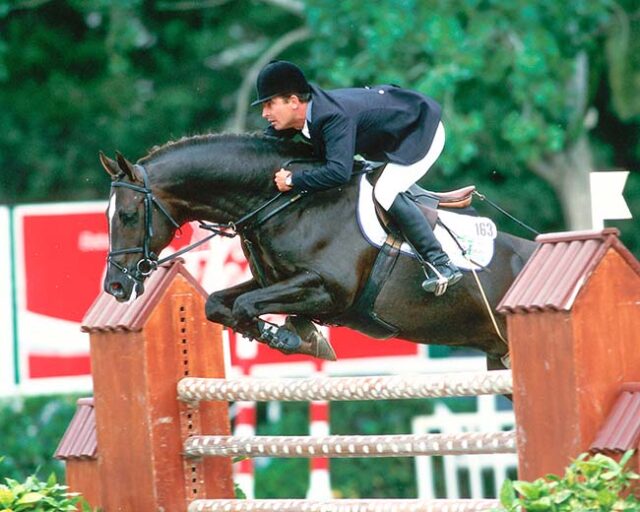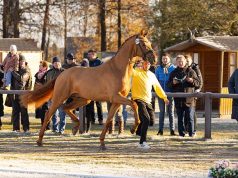By Adrien Cugnasse / ANAA
Photography: Hervé Delaroque, Cedric Vlemmings, Anais Levé, Peter Llewellyn
In a good crossing everything is important. There is in particular the physical complementarity of the two parents. But that’s a horseman’s thing that no one can theorize. For everyone else, breeders of sport horses have a lot to learn from their racing friends.

Passionate about racing and breeding, Hubert de Rochambeau was a teacher-researcher before working on the genetic improvement of animals at INRA (the French national institute for agronomic research). In a series of articles published by the daily Jour de Galop, we asked him questions about selection. In his responses, he referred in particular to the work of the American Joseph E. Estes. The latter is at the origin of the founding concept of many large Thoroughbred breedings of our time: The performances are more reliable than the pedigree. Estes has conducted long-term statistical studies, trying to determine the recurring elements in the best American racehorses. In his book The Estes formula for breeding stakes winners, chapter four is etitled ‘Select for Merit, not for Pedigree’. At the beginning of this chapter, J.E. Estes quotes the great American geneticist Jay L. Lush: "Selection on pedigrees is only a means to accessorize complete selection by performances. It allows decisions to be made for individuals who have equivalent individual merit.
If today we measure the positive influence of Ryon d'Anzex on the Anglo-Arab studbook, we must also remember the relative weakness of the pedigree of this very good competition horse. This is also the case for Galoubet A (Almé), Clinton (Corrado I), and Diamant de Semilly (Le Tôt de Semilly). This means that the first sort must be done on performance, the pedigree comes next, and the model in a third step. A horse that has competed at a good level or, even better, who has produced subjects of this calibre, has qualities to transmit, and the health and the mind to perform well in competition.
Conversely, how many stallion-class winners have become good competition horses and great stallions since the 1990s? Almost none! No one can say with confidence that a three-year-old will become a very good competition horse. Studbooks that have a large number of births can afford to sacrifice part of their workforce by encouraging breeders to use very young stallions. This is especially a question of trade. But with regard to the Anglo-Arab, given the scarcity of its numbers, it must preserve its rare births as much as possible by encouraging breeders to use proven stallions as breeders. Or where appropriate, those who have at least proven their ability to perform at a high level.
From Tesio to Ryan des Hayettes.
The selection of sport horses is relatively recent in terms of the history of breeding. It started in the 1960s and can be considered to have really been launched with the first performing stallions in the 1980s. Four decades of decline is not much, but is still a lot... To read the complete article you need to be a subscriber
CLICK HERE TO SUBSCRIBE TO BREEDING NEWS
SUBSCRIBERS CAN READ THE COMPLETE ARTICLE BY LOGGING IN AND RETURNING TO THIS PAGE




